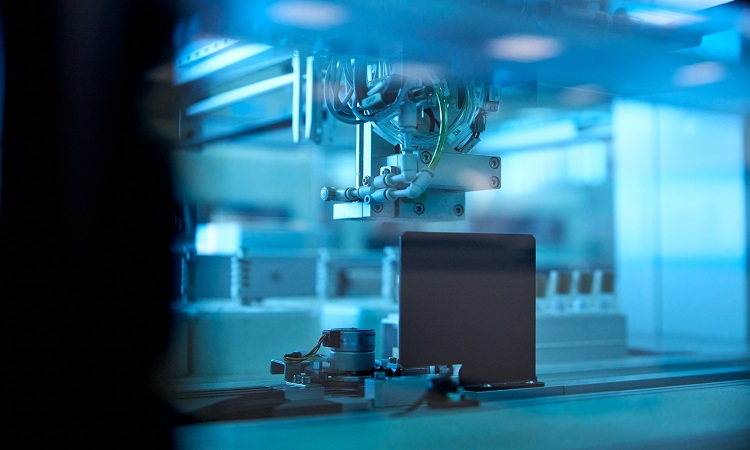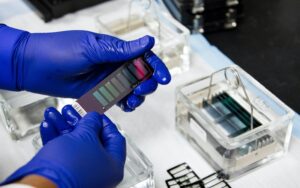
Plain Liposomes: Exploring the Versatility of Biomimetic Vesicles
In recent years, liposomes have gained significant attention as versatile delivery systems in various fields, including drug delivery, cosmetics, and nanomedicine. Among the different types of liposomes, plain liposomes stand out as a fundamental and promising platform due to their simplicity, stability, and ability to encapsulate a wide range of therapeutic agents. In this blog, we will delve into plain liposomes, their characteristics, applications, and potential impact in the field of biotechnology and healthcare.
Understanding Plain Liposomes
Plain liposomes, also known as unmodified or conventional liposomes, are lipid-based vesicles composed of one or more lipid bilayers. These biomimetic structures closely resemble the phospholipid bilayers found in cell membranes, making them biocompatible and capable of interacting with biological systems.
Characteristics of Plain Liposomes
Structure: Plain liposomes consist of one or more concentric lipid bilayers enclosing an aqueous core. The composition of the lipid bilayer can be tailored by choosing different types and ratios of lipids, allowing for control over properties such as stability, membrane fluidity, and drug loading capacity.
Flexible Size: Plain liposomes can be designed with a flexible size range, from nanometers to micrometers, depending on the intended application. Small liposomes (around 100 nm) are often preferred for drug delivery, as they can efficiently penetrate biological barriers and target specific tissues.
Encapsulation Efficiency: Plain liposomes have a high encapsulation efficiency, enabling the entrapment of hydrophilic drugs or small molecules within the aqueous core and hydrophobic drugs within the lipid bilayers. This versatility allows for the delivery of a wide range of therapeutic agents.
Applications of Plain Liposomes
Drug Delivery: Plain liposomes have emerged as powerful drug delivery vehicles for various applications. They can encapsulate both hydrophobic and hydrophilic drugs, protecting them from degradation and facilitating their targeted delivery to specific tissues or cells. This targeted delivery minimizes off-target effects and enhances therapeutic efficacy.
Gene Delivery: Plain liposomes can also be used for efficient gene delivery, known as lipofection. The negatively charged nucleic acids are electrostatically complexed with cationic liposomes, allowing for their protected transport into cells. This application has immense potential in gene therapy and gene editing technologies.
Cosmetics and Personal Care: Plain liposomes have found applications in the cosmetics and personal care industry. They are used to encapsulate active ingredients, such as vitamins, antioxidants, and moisturizers, enhancing their stability and skin penetration. This allows for controlled and targeted delivery of functional ingredients, offering improved efficacy in skincare products.
Advancements and Future Perspectives
The field of plain liposomes is continuously advancing, driven by emerging technologies and research breakthroughs. Several advancements have been made to further enhance the properties and functionalities of these biomimetic vesicles:
Surface Modification: Plain liposomes can be modified by attaching ligands or targeting moieties to their surface, allowing for active targeting of specific cells or tissues. Surface modifications also enable the integration of functionalities, such as enhanced stability, prolonged circulation time, or stimuli-responsive drug release.
Hybrid Liposomes: Hybrid liposomes, composed of a combination of lipids and other materials, have been developed to improve liposome stability, enhance drug loading capacity, or enable multifunctionality. Examples include lipid-polymer hybrid liposomes or liposomes coated with inorganic nanoparticles.
Clinical Translation: Plain liposomes have already found clinical success in various drug delivery applications, such as the encapsulation of chemotherapy agents. Further efforts are being made to optimize liposome formulations, improve their scalability, and address regulatory challenges for widespread clinical translation.
Conclusion
Plain liposomes have emerged as a promising tool for drug delivery, gene therapy, and skincare applications. Their biocompatibility, versatility, and ability to encapsulate a wide range of therapeutic agents make them a favored choice in the field of biotechnology and healthcare. Continued advancements and research in this field will unlock new possibilities, leading to innovative solutions for various biomedical challenges and improving the lives of countless individuals worldwide.


